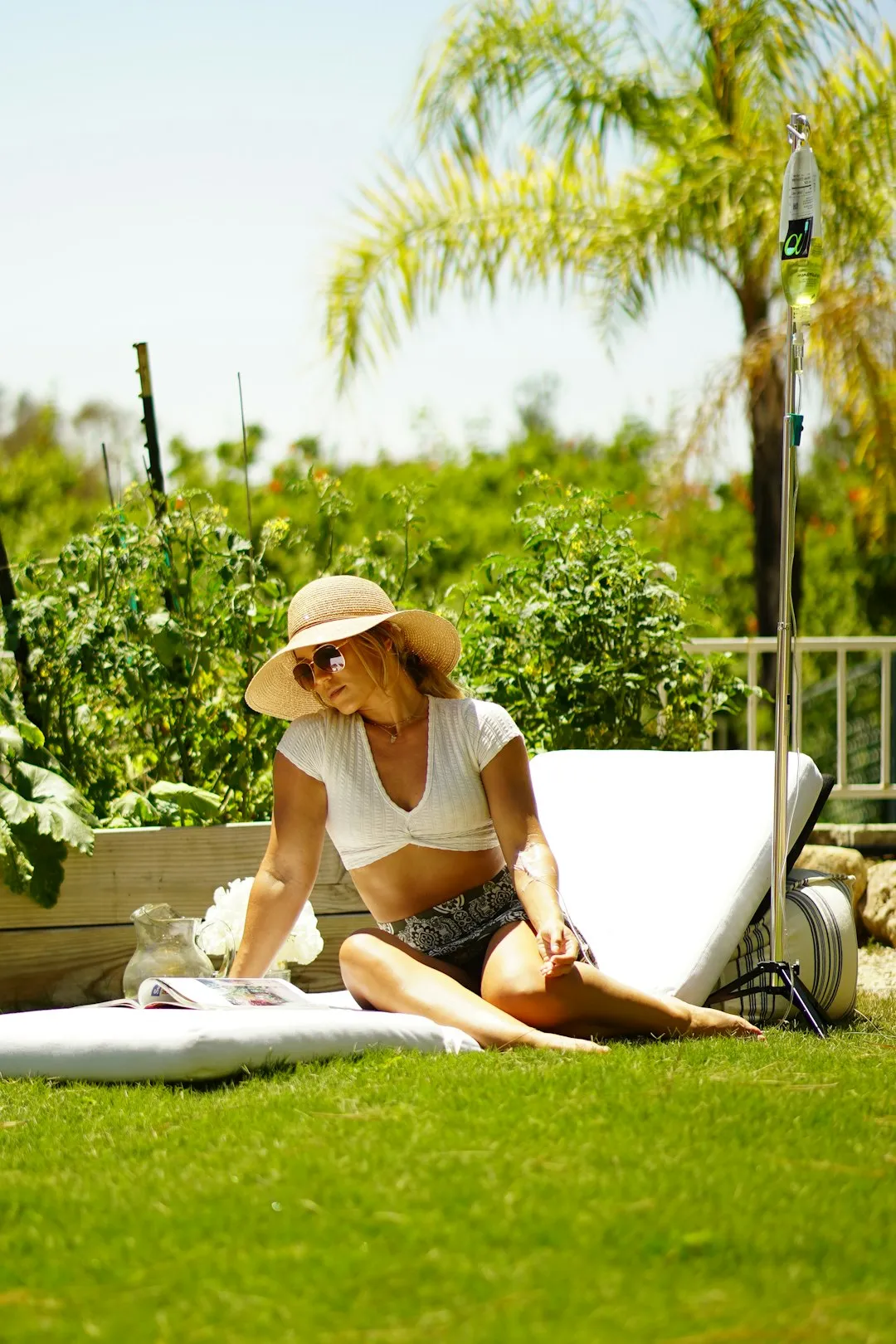
When it comes to gardening, one of the most crucial factors that often goes unnoticed is the sunlight your landscape receives. The varying levels of sunlight, whether it's full sun, part shade, or full shade, can significantly impact the health and growth of your plants. In this guide, we'll delve into the art of identifying the light levels throughout your yard and show you how to arrange your garden accordingly.
First and foremost, understanding the different types of sunlight is essential. Full sun refers to an area that receives at least six hours of direct sunlight per day. This type of sunlight is ideal for plants that thrive in heat and require a lot of energy to grow, such as tomatoes, peppers, and roses. On the other hand, part shade areas receive between three and six hours of direct sunlight per day. These areas are perfect for plants that can tolerate some shade, like hostas, ferns, and impatiens. Finally, full shade areas receive less than three hours of direct sunlight per day. Plants that prefer full shade, such as astilbes, bleeding hearts, and coral bells, will flourish in these areas.
To accurately identify the light levels in your yard, you'll need to do a little bit of observation. Start by walking around your yard at different times of the day and taking note of which areas receive the most sunlight and which areas are shaded. Pay attention to the position of the sun and how it moves throughout the day, as this can have a significant impact on the amount of sunlight your plants receive. You may also want to use a sunlight meter to get a more precise measurement of the light levels in different areas of your yard.
Once you've identified the light levels in your yard, it's time to start planning your garden. When choosing plants for your garden, it's important to select ones that are suitable for the amount of sunlight they will receive. This will ensure that your plants are healthy and thrive in their environment. For example, if you have a full sun area in your yard, you might want to plant a vegetable garden with tomatoes, peppers, and cucumbers. If you have a part shade area, you could plant a flower bed with hostas, ferns, and impatiens. And if you have a full shade area, you might want to create a woodland garden with astilbes, bleeding hearts, and coral bells.
In addition to choosing the right plants for the light levels in your yard, it's also important to consider the layout of your garden. When arranging your plants, you'll want to make sure that they have enough space to grow and that they are not overcrowded. This will allow them to receive the proper amount of sunlight, water, and nutrients. You may also want to consider grouping plants together based on their light requirements. For example, you could group all of your full sun plants together in one area of your garden and all of your part shade plants together in another area.
Another important aspect of gardening in different light conditions is watering. Plants that receive more sunlight will generally require more water than plants that receive less sunlight. This is because the sun causes the soil to dry out more quickly, and plants need water to survive. When watering your plants, it's important to water them deeply and thoroughly, rather than giving them a light sprinkle. This will ensure that the water reaches the roots of the plants and that they are properly hydrated. You may also want to consider using a soaker hose or drip irrigation system to water your plants, as these methods are more efficient and can help to conserve water.
Fertilizing your plants is also an important part of gardening in different light conditions. Plants that receive more sunlight will generally require more fertilizer than plants that receive less sunlight. This is because the sun causes the plants to grow more quickly, and they need more nutrients to support their growth. When fertilizing your plants, it's important to use a fertilizer that is appropriate for the type of plants you are growing. You may also want to consider using a slow-release fertilizer, as this will provide your plants with a steady supply of nutrients over time.
In conclusion, understanding the sunlight levels in your yard and arranging your garden accordingly is essential for a successful garden. By choosing the right plants, considering the layout of your garden, watering and fertilizing your plants properly, you can create a beautiful and thriving garden that will provide you with years of enjoyment. So, get out there, start observing your yard, and start planning your garden today!

The Secret to Squirrel - Free Potted Plants
The Secret to Squirrel - Free Potted Plants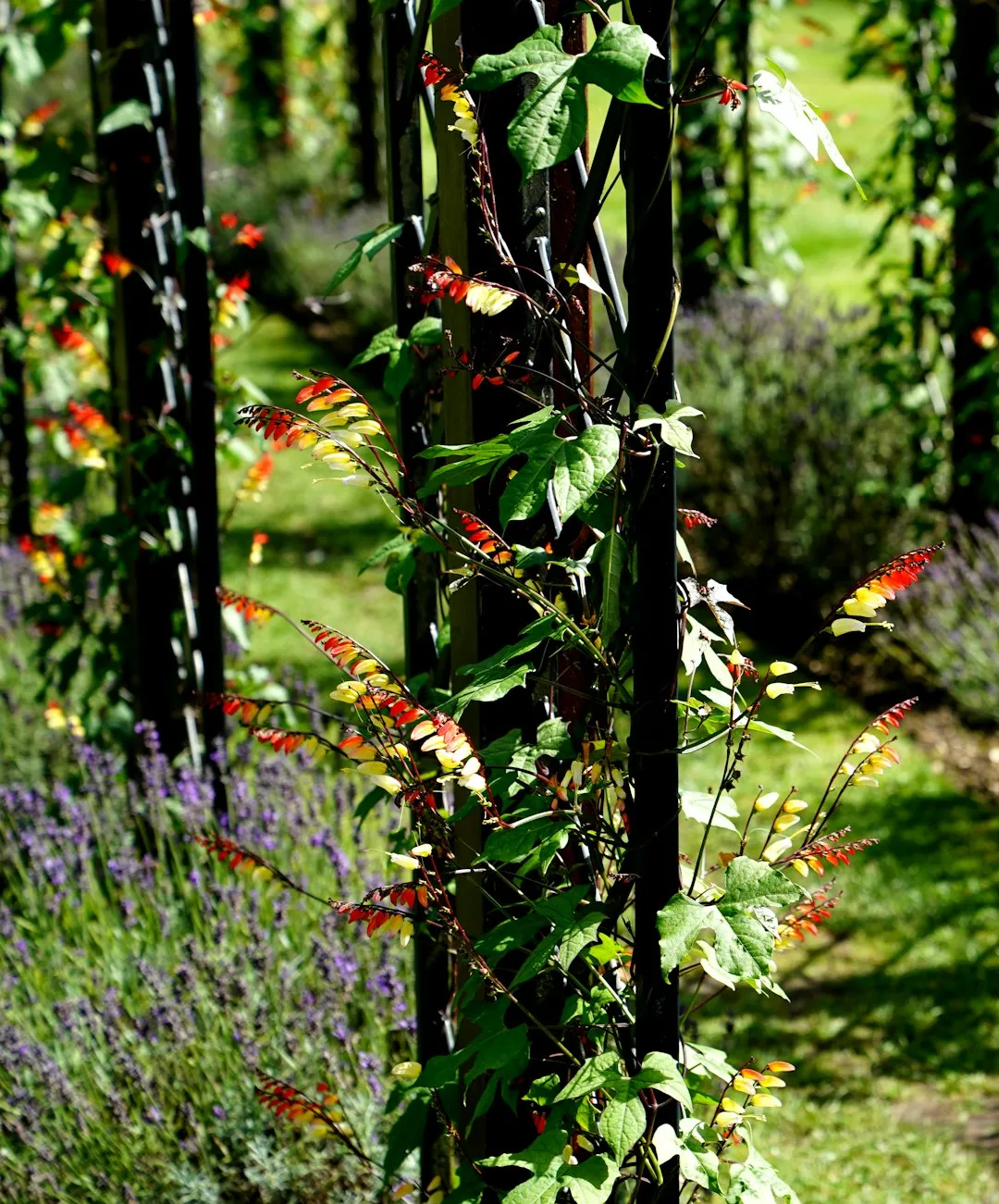
Sweet Rewards: Cultivating Berries in Containers
Sweet Rewards: Cultivating Berries in Containers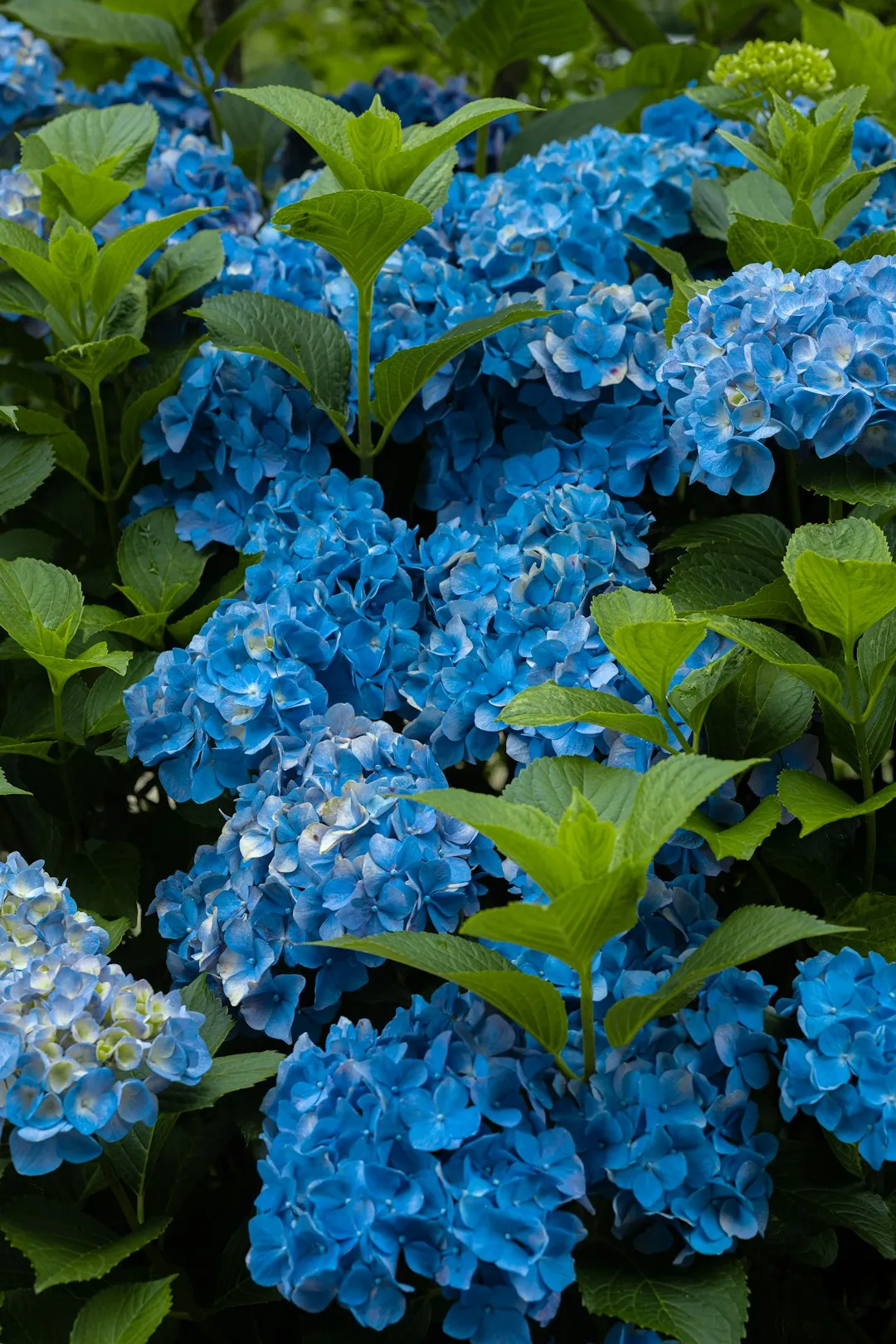
Unveiling the Secrets of a Stunning Lawn
Unveiling the Secrets of a Stunning Lawn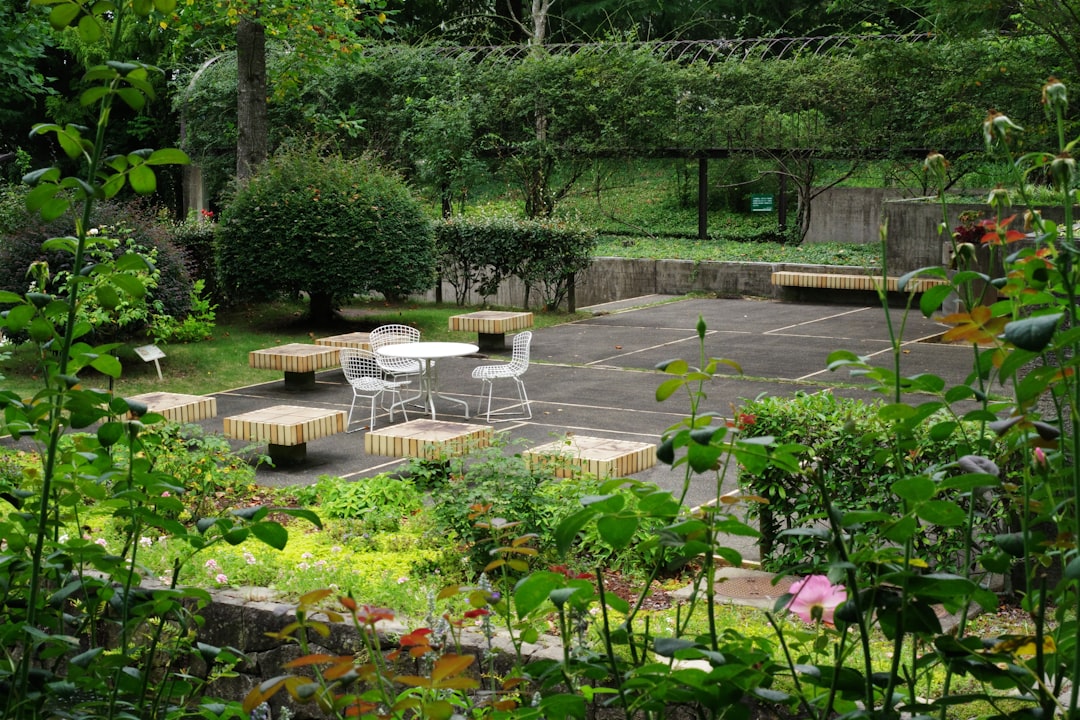
Fall Lawn Maintenance: The Key to a Healthy Yard in Winter
Fall Lawn Maintenance: The Key to a Healthy Yard in Winter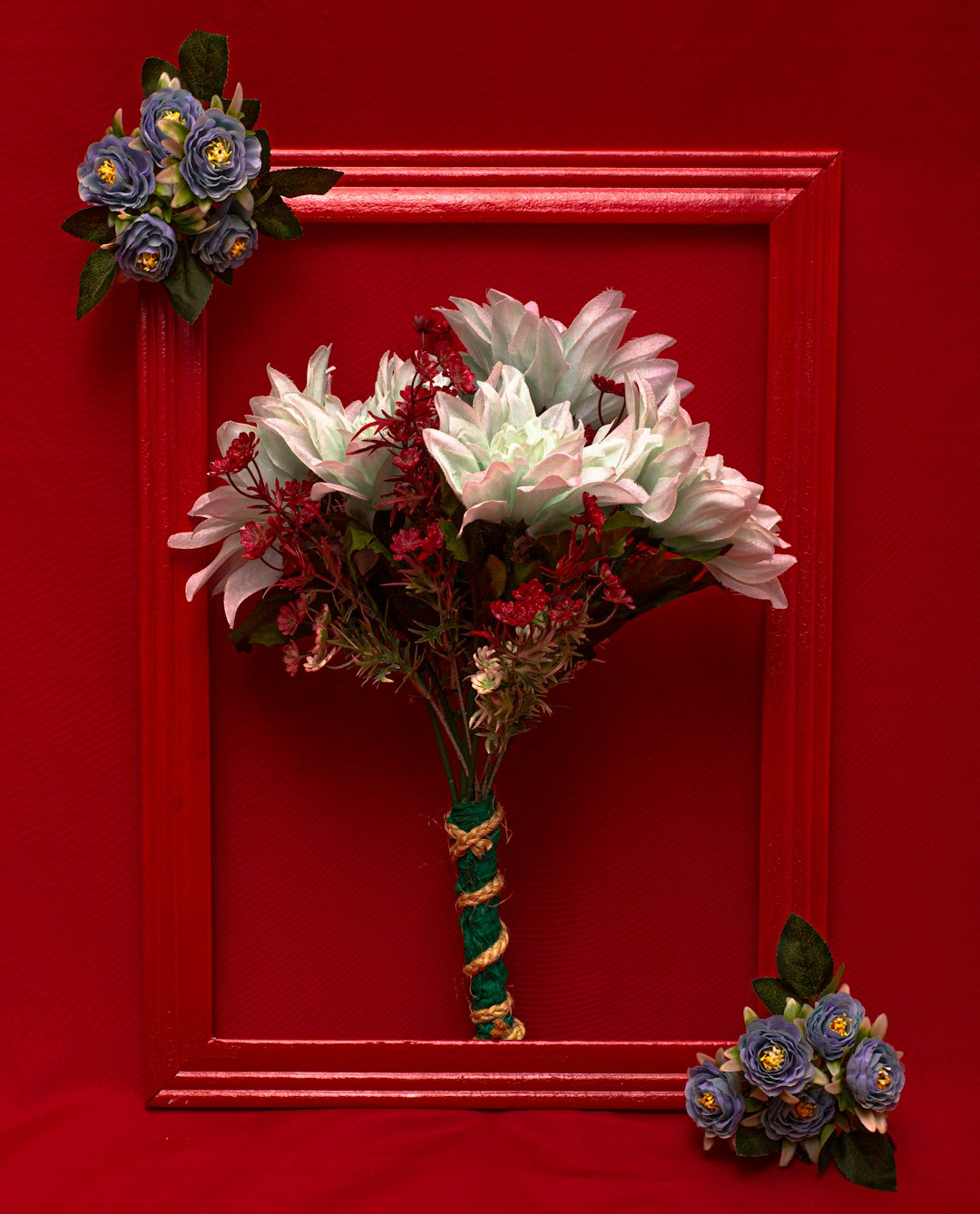
The Secret to Soil Amendment Without Uprooting Your Plants
The Secret to Soil Amendment Without Uprooting Your Plants
Unleash Your Garden's Potential: The Art of Seed Collection
Unleash Your Garden's Potential: The Art of Seed Collection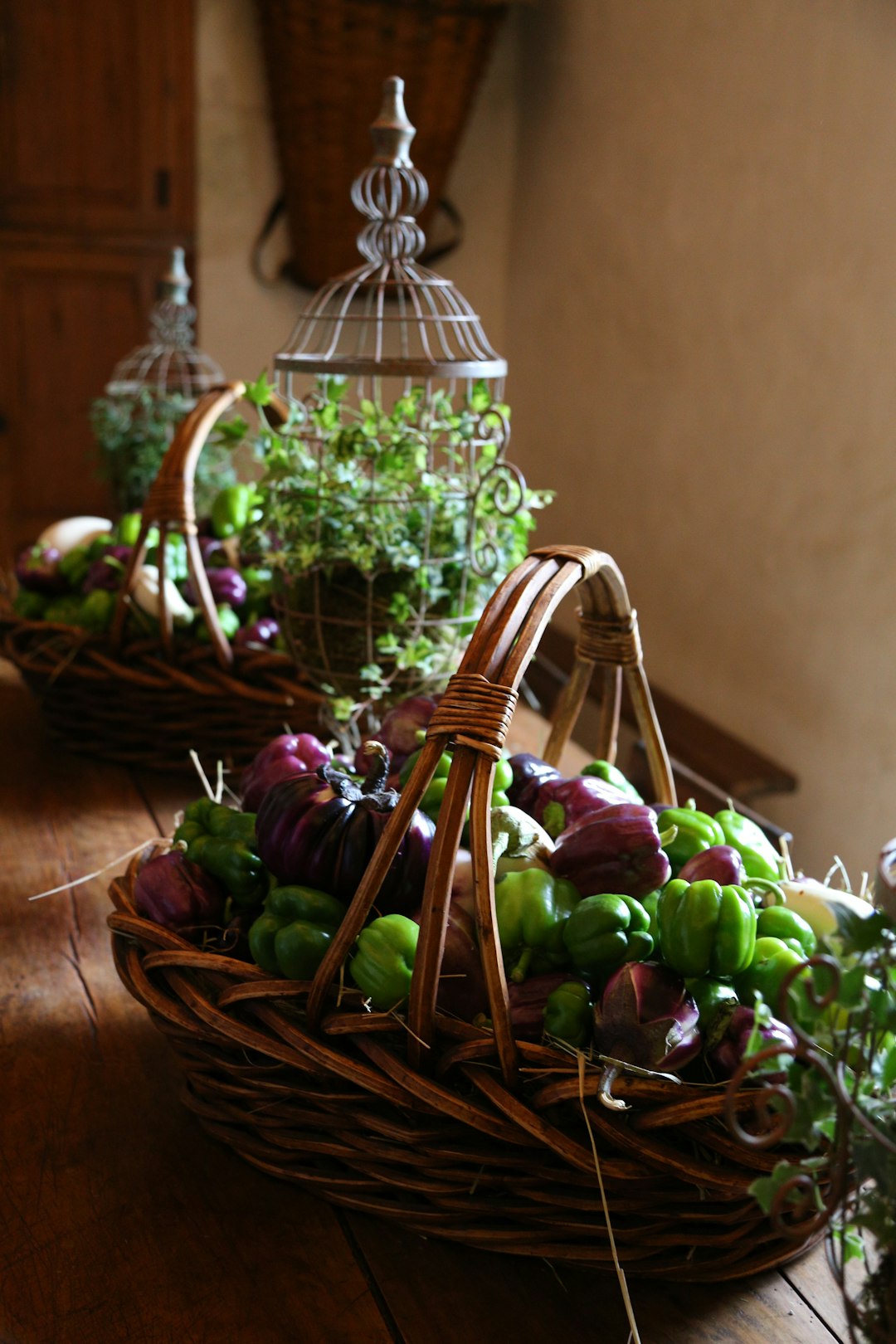
Pre - Summer Yard Care Essentials
Pre - Summer Yard Care Essentials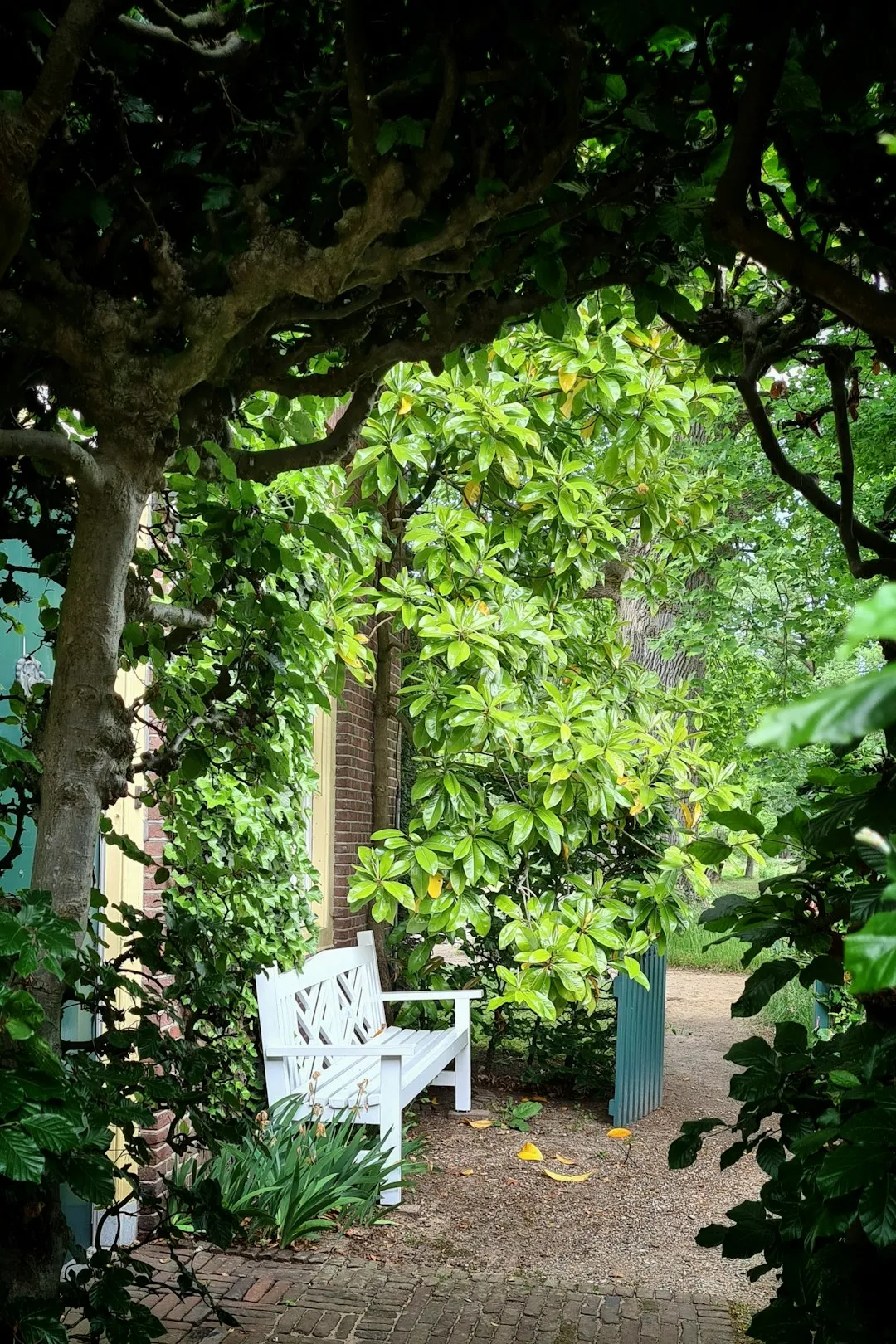
Weathering the Storm: Nurturing Your Garden in Extreme Conditions
Weathering the Storm: Nurturing Your Garden in Extreme Conditions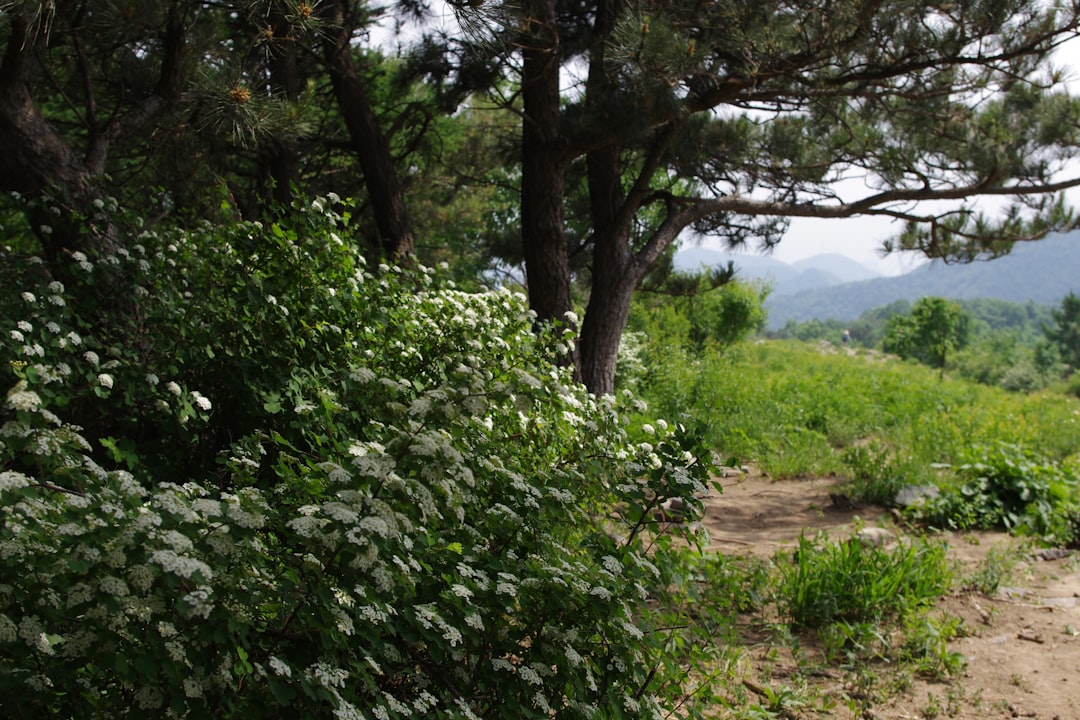
Summer Pruning: The 10 Flowering Plants to Leave Alone
Summer Pruning: The 10 Flowering Plants to Leave Alone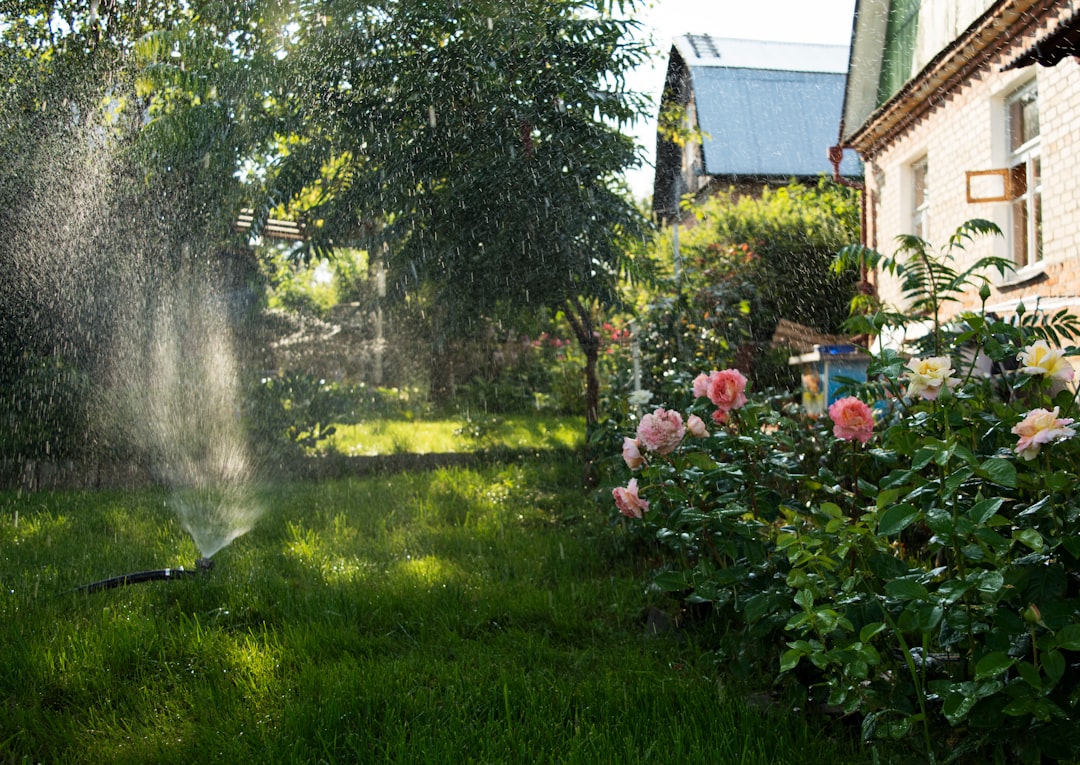
Unveiling the Hidden Gems of Perennial Gardening
Unveiling the Hidden Gems of Perennial Gardening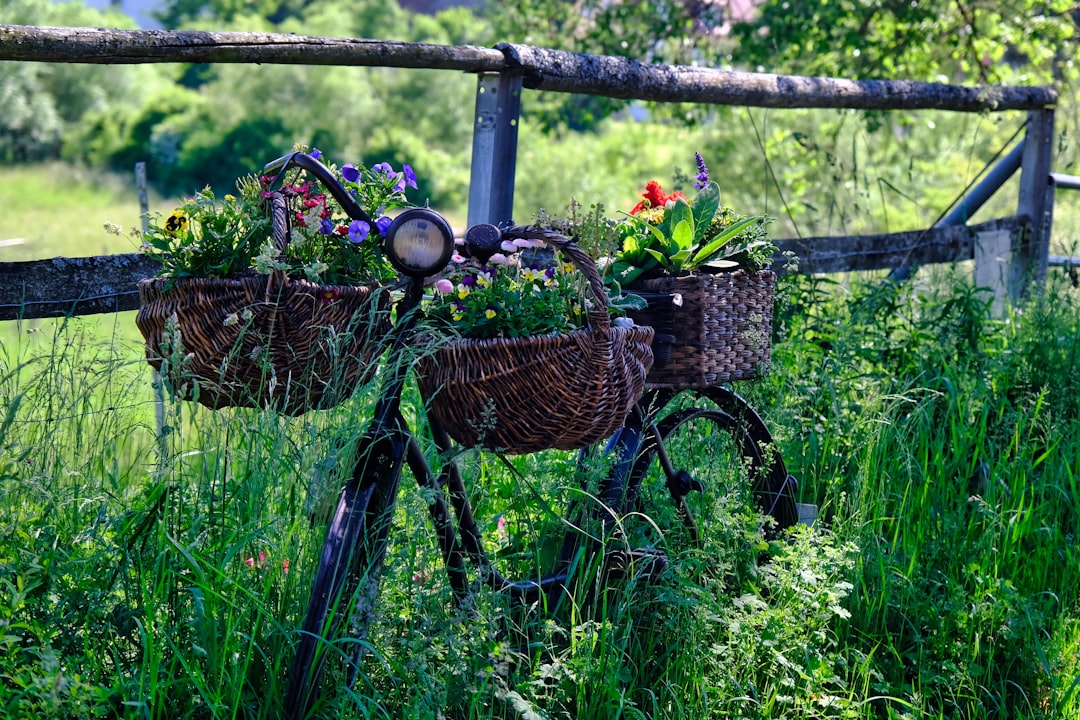
Unleashing the Beauty of Perennial Black - Eyed Susans in Your Garden
Unleashing the Beauty of Perennial Black - Eyed Susans in Your Garden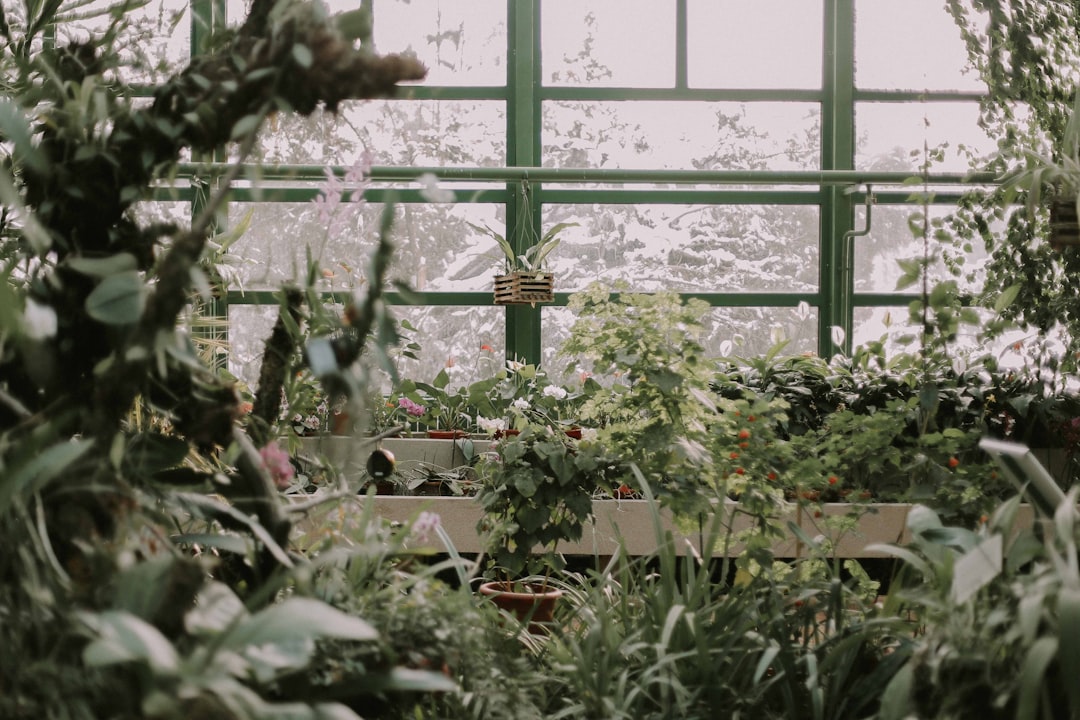
Unveiling the Secrets of Trillium Growth
Unveiling the Secrets of Trillium Growth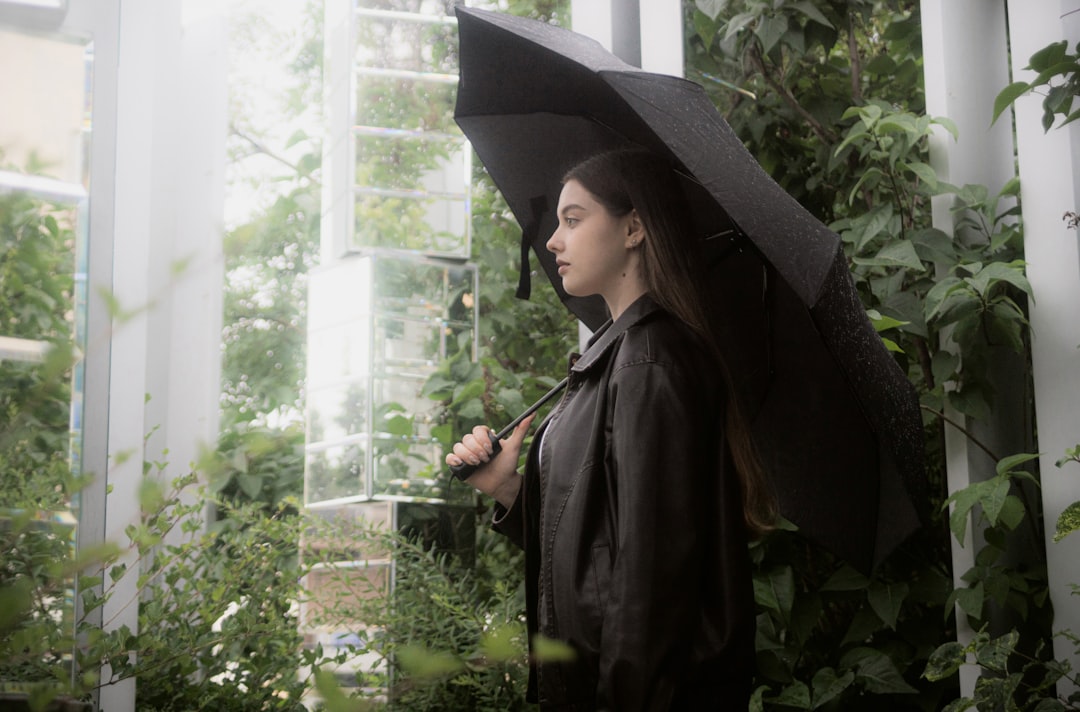
The All - Season Charm of Sedum Plants
The All - Season Charm of Sedum Plants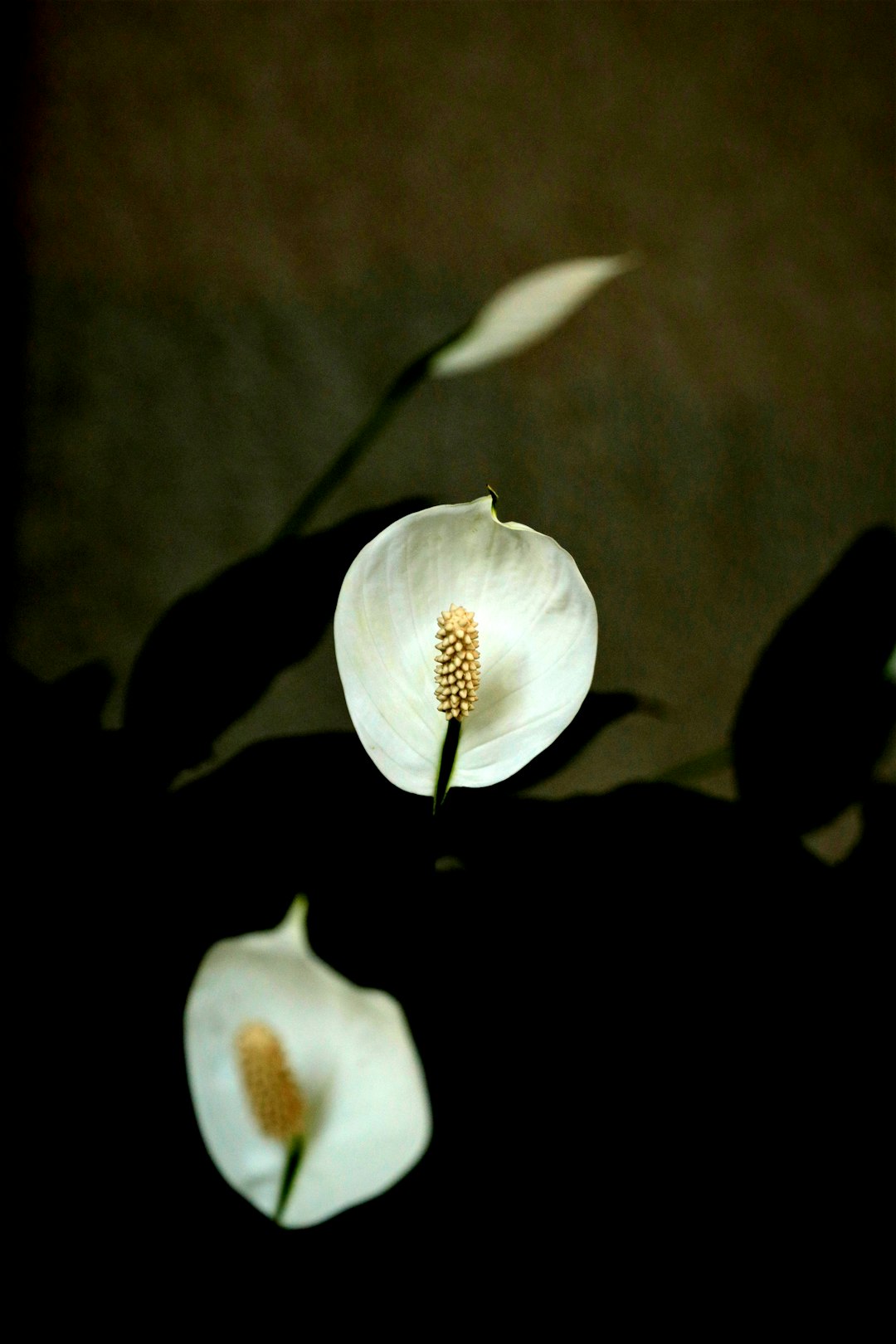
Banishing Snakes from Your Yard: Simple Solutions
Banishing Snakes from Your Yard: Simple Solutions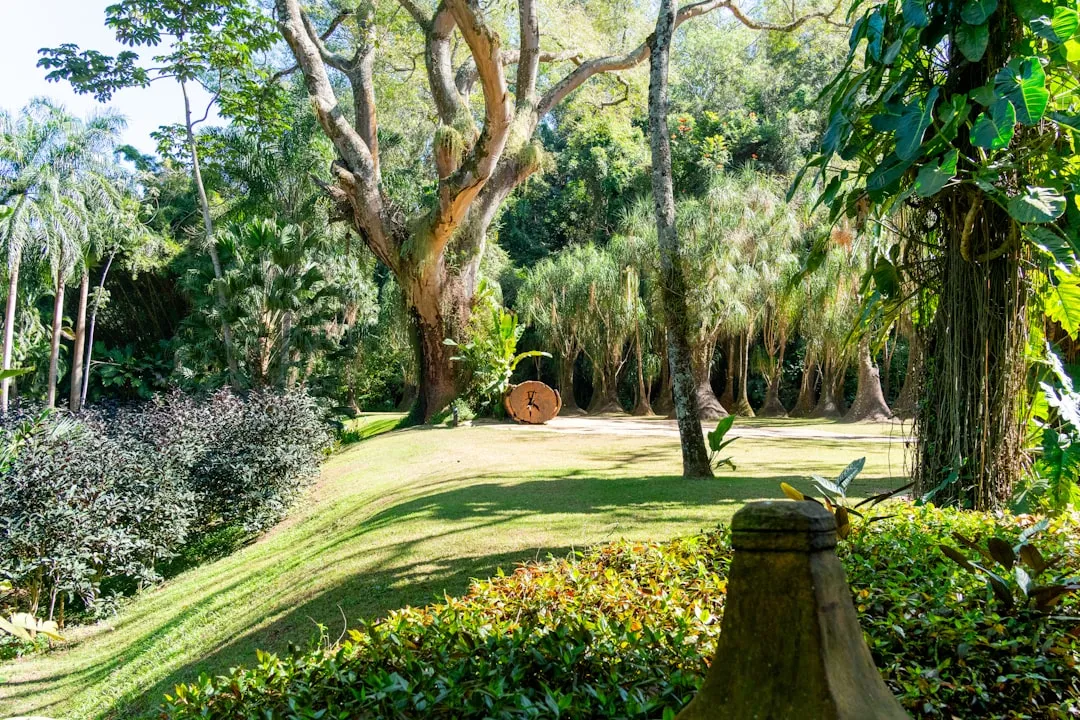
Secrets to a Bug - Free Garden: Conquering Squash Bugs Naturally
Secrets to a Bug - Free Garden: Conquering Squash Bugs Naturally
Transform Your Yard: Banish Crabgrass for Good
Transform Your Yard: Banish Crabgrass for Good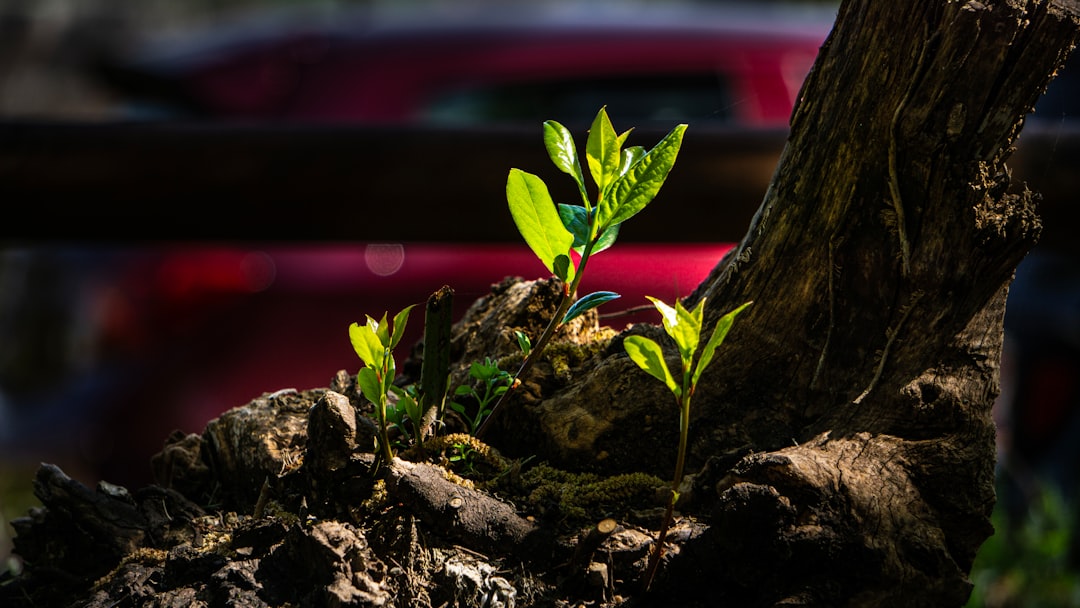
Unveiling the Wonders of a Low - Sun Garden
Unveiling the Wonders of a Low - Sun Garden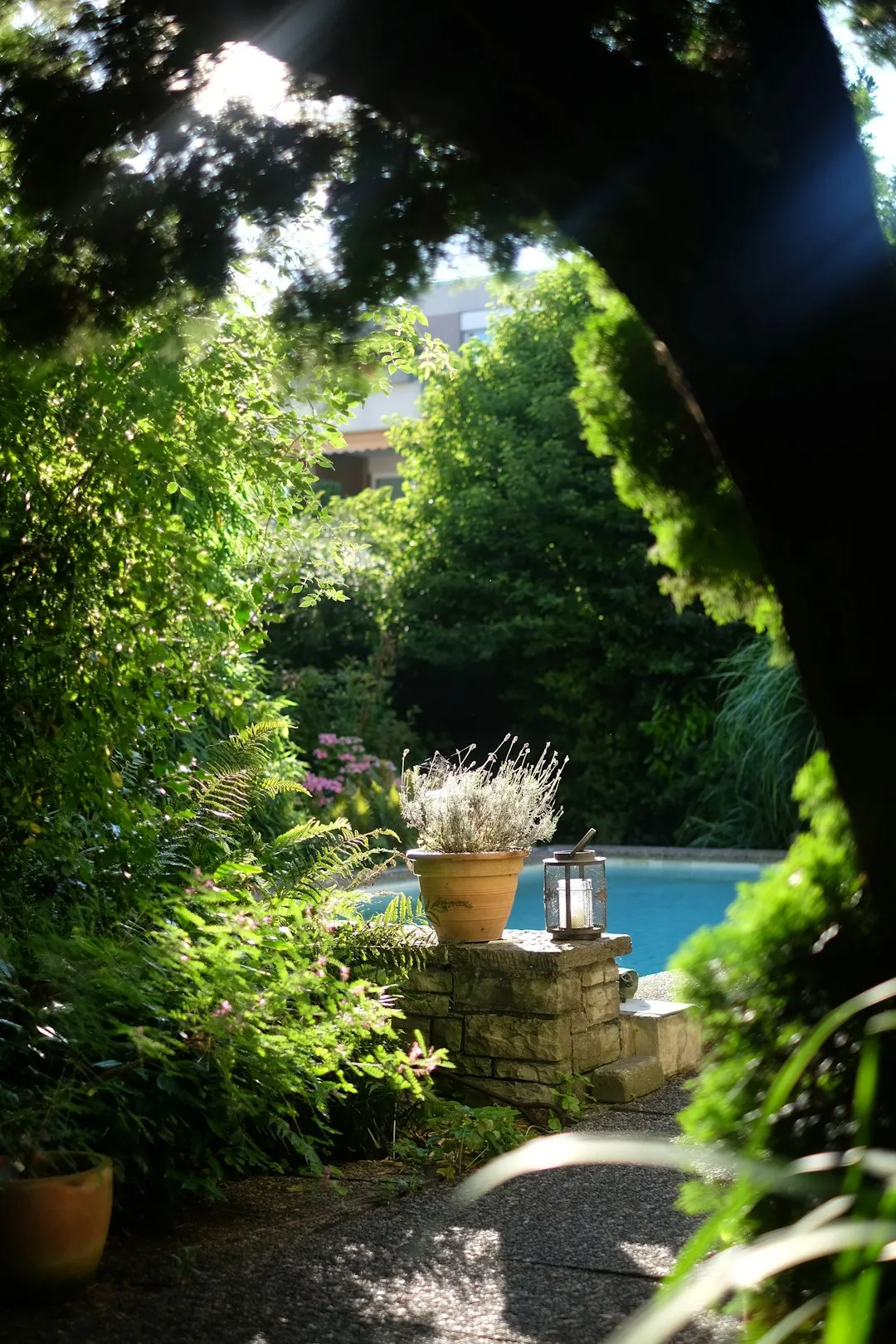
Unleash Your Garden's Potential: The Magic of Lasagna Gardening
Unleash Your Garden's Potential: The Magic of Lasagna Gardening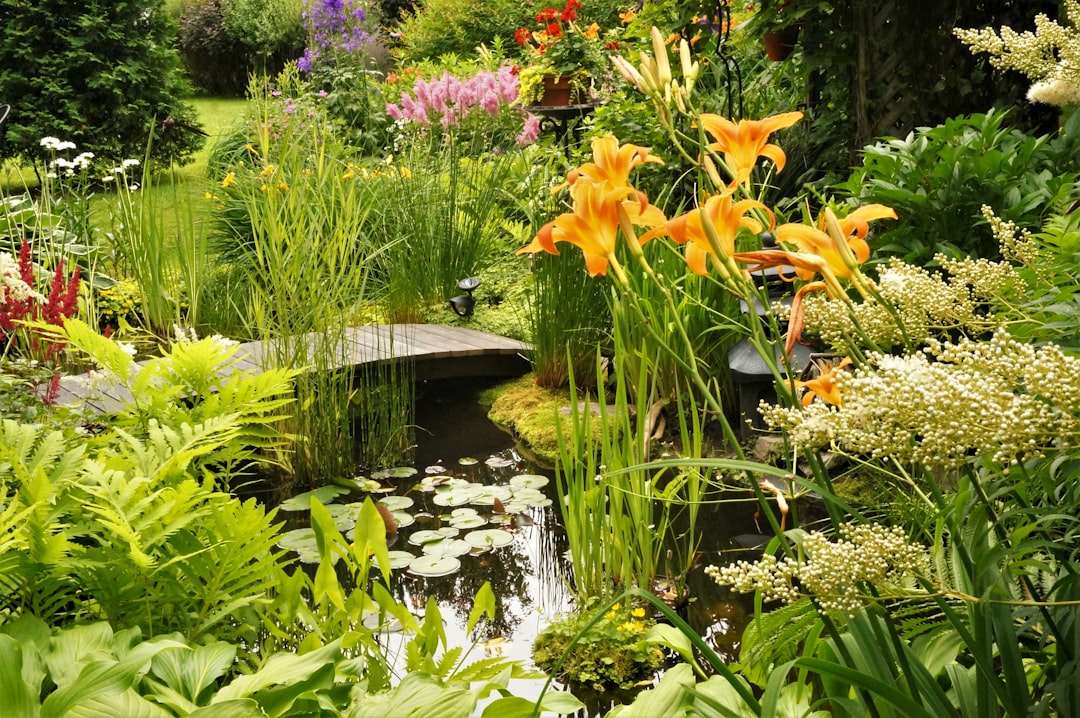
Unveiling the Mysteries of Lunar Gardening
Unveiling the Mysteries of Lunar Gardening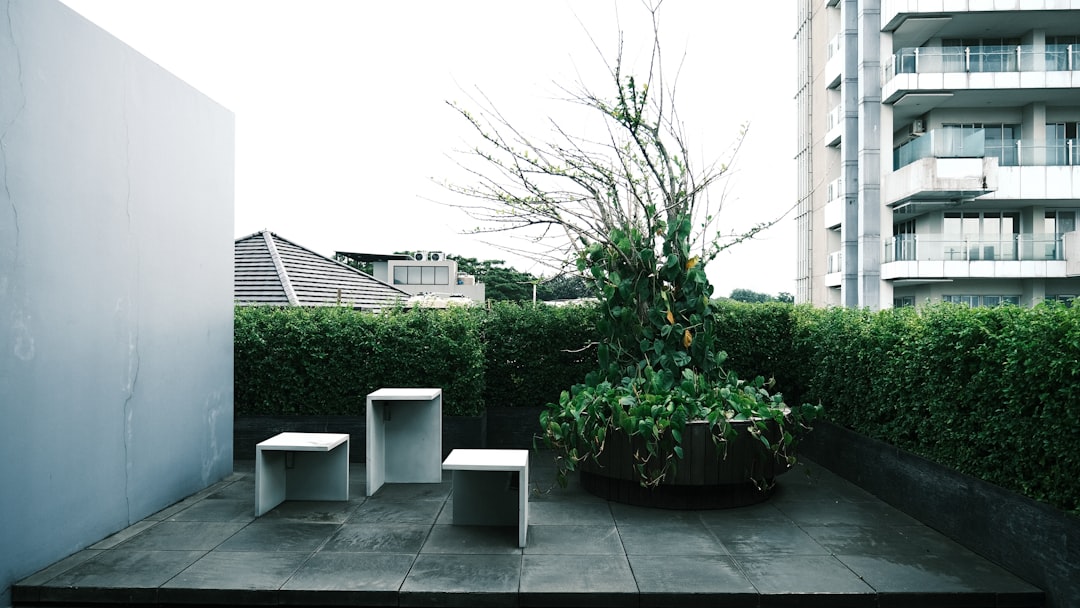
Unleash Your Inner Herbalist: A Guide to Indoor Herb Gardening
Unleash Your Inner Herbalist: A Guide to Indoor Herb Gardening